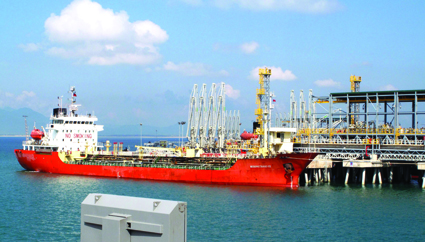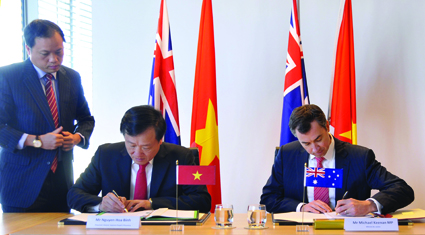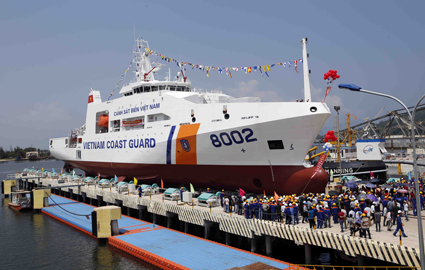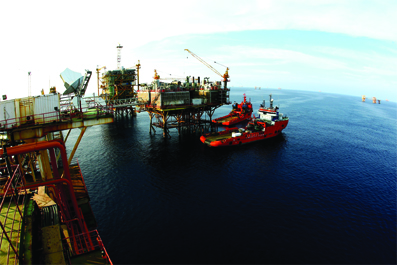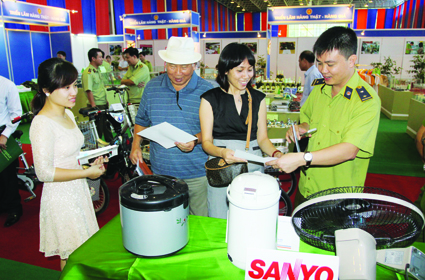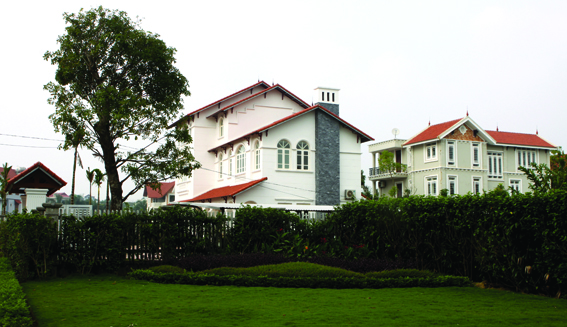Nguyet Nguyen
Senior Associate, Mayer Brown JSM
Effective from December 29, 2014, the land price framework issued by the Government of Vietnam were officially implemented. Under the 2014 Land Law, land price frame will be issued every five years for each type of land in each region. During the implementation period, should land price commonly applied in the market increase by 20 percent or more in comparison with the maximum price; or should there be a decrease of 20 percent or more in comparison with the minimum price in the land price frame, the Government will make proper adjustment of the land price frame. The land price framework will serve as the basis for provincial-level People’s Committees to determine land price tables applicable in their localities.
Land price tables will be used as the basis for:
- Calculation of land use fee when the State recognizes residential land use rights of households and individuals for land areas within land use quotas, or permits change of land use purpose from agricultural land or non-agricultural, non-residential land to residential land for land areas within residential land allocation quotas applied to households and individuals;
- Calculation of land use tax;
- Calculation of charges and fees in relation to land management and use;
- Calculation of fines for administrative violations in the field of land;
- Calculation of indemnification paid to the State for damage caused in land management and use;
- Valuation of land use rights paid to people who voluntarily return land to the State.
In addition, land price tables will further be used in the land price adjustment coefficients method to determine:
- Land use right when the State recognizes residential land use rights of households and individuals for land areas exceeding land use quotas, or permits change of land use purpose from agricultural land or non-agricultural, non-residential land to residential land for land areas exceeding land allocation quotas; land use fee when the State allocates land; land rents when the State leases out land; land use fee in equitization of state enterprises, rents in conversion of annually leased land to leased land with lump sum rents, land rents when accepting assignment of assets on leased land lots which are valued from VND 10 billion to 30 billion (varied with regions);
- Annual land rents for the next period;
- Reserve prices for auctions of land use rights in the form of annual land lease.
As such, land prices in the new land price frame directly affect the above charges and fees. Furthermore, with the determination of annual unit land rents for underground works at not more than 30 percent of annual land surface rents and annual unit prices of land areas with water surface at not less than 50 percent of annual land rents for adjacent land lots, the land price table shall also indirectly affect unit land rents for underground works and annual unit prices for land areas with water surface.
How does the new law affect the real estate business?
Compared with previous years, land prices in the 2015 land price frame increase considerably against the background of the real estate market undergoing a difficult period. The 2015 land price frame will increase the costs of land using enterprises, which may affect the investment environment in general and the real estate business in particular.
Prices of land and land with water surface specifically determined by the methods of direct comparison, deduction, income, surplus for other cases of land lease or land allocation are independent from the land price frame. Land prices in these cases will be specifically decided by provincial-level People’s Committees for each project. Compared with past regulations, new regulations guiding the implementation of the 2014 Land Law stipulate in detail the calculation of specific land prices applying the above method. Nevertheless, in practice, there are some issues that investors need to consider.
First, pursuant to the current regulations, investors, after the establishment of their company, will perform land lease procedures or receive land allocation pursuant to the laws on investment and enterprises. As such, investors may only know about the land use fees or land rental - which constitutes a very large portion of investment - after they have established companies to carry out their investment projects. This is considered to be a high risk for investment, as investors cannot accurately estimate their project investment costs, and in reality, many licensed investment projects are unable to be carried out due to land prices being set too high at the market rate. Therefore, to solve this problem, State authorities should set forth the procedures for investors to know about land prices applicable to land lots before they apply for investment license, to avoid investment to be discontinued like several other cases in the past.
Second, as analyzed above, land prices always account for a large percentage of investment costs; however, the calculation of land prices is completely determined at the state authorities’ discretion. Therefore, to promote transparency and objectiveness, state authorities should set forth detailed procedures to allow investors to file petitions should they disagree with the method of land price calculation applied by the authorities. In the procedures, investors may retain consultants to advise on land prices for recalculation of the same and work with the state authorities.
Last, in the current price frame, water surface rents are broadly determined for immovable water surface at the rate of VND 20 million/km2/year to VND 300 million/km2/year and for movable water surface at the rate of VND 100 million/km2/year to VND 750 million/km2/year. Provincial-level People’s Committees will decide water surface rents for each project. To avoid arbitrary and non-objective determination of prices, state authorities should issue legal documents detailing the calculation of water surface unit rents based on the water surface rent table issued by the local governments.-
